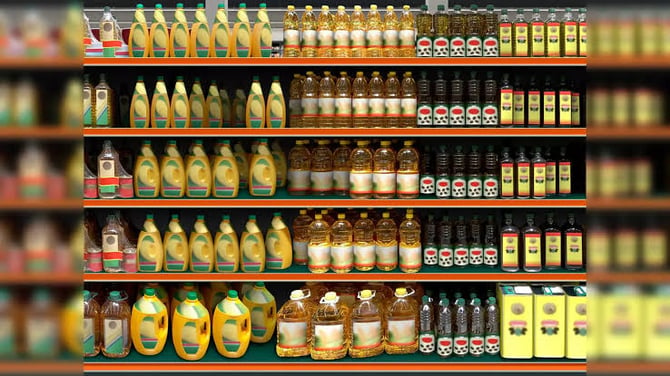Spanish Olive Oil Giant Eyes Stability After Two Years of Market Turmoil

After two years of drought-driven scarcity and historic price volatility, Deoleo, the world’s largest olive oil producer, is signaling a cautious return to normalcy.
A 65% rebound in Spain’s olive oil production, rising to 1.41 million metric tons in the 2024/2025 crop year, has reversed much of the supply pressure that sent prices soaring in 2023. The previous year’s output had collapsed to just 855,600 metric tons, pushing prices up sharply amid climate volatility, high interest rates, and sticky inflation.
The improved harvest has led to a 50% drop in raw material costs, giving retailers room to reduce prices for both virgin and extra virgin olive oil. This is already reviving consumer demand, helping reverse the consumption declines that plagued the sector during its peak crisis.
Deoleo, the maker of brands like Bertolli and Carbonell, expects these price corrections to hold through the second half of 2025, even if some market volatility lingers.
What Does This Mean for Me?
With Spain continuing to lead global production and serve as a benchmark for EU prices, the turnaround has been crucial. Deoleo now plans to double its marketing and promotional spend to $11.6 million, aiming to re-establish olive oil as an affordable pantry essential.
The company is betting on what it calls a “more balanced market,” one that supports sustainable growth through responsible pricing and better value delivery.
The broader olive oil value chain remains sensitive to climate and geopolitical risks, but Deoleo believes the worst of the crisis is now behind the industry.
More News

Netflix’s $72bn Power Play Sets Up a Streaming Shockwave

HP Bets on AI as Cost Pressures Mount and Layoffs Deepen

SoftBank Cashes Out of Nvidia to Double Down on AI Bets

Amazon Rallies 13% as Cloud and AI Power Record Earnings

Apple Is Now a $4 Trillion Company

UK’s FTSE 100 Hits Record as HSBC Gains Boost Market Confidence

Kospi Hits Record as Asian Markets Rally Ahead of Trump–Xi Talks
